- 13092
- 3
Sharing Ideas and Updates on LPG in Nigeria and related information to enable effective collaboration within the LPG Value Chain
The Cost Of Building CNG Mother Stations And The Road Ahead For Sustainable Energy.
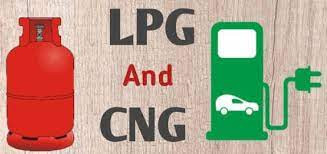
The Bola Ahmed Tinubu administration in Nigeria has embarked on an ambitious plan to develop compressed natural gas (CNG) infrastructure across the country, aiming to create a viable market for CNG as an alternative to premium motor spirit (PMS), commonly known as petrol. A critical element of this plan is the construction of CNG stations, including three "Mother stations" nationwide. In this blog post, we delve into the important aspect of the cost associated with building these CNG Mother stations, compare it with the existing LPG infrastructure, and explore the potential benefits of tax incentives on CNG.
Cost Analysis of CNG Mother Stations
The Nigerian National Petroleum Company Limited (NNPCL) has partnered with Nipco Gas Limited to construct 35 state-of-the-art CNG stations nationwide, including three Mother stations. To understand the financial implications of building these Mother stations, we turn to Kelvin Emmanuel's analysis with Nairametrics. According to Emmanuel, each Mother station, capable of supplying up to sixteen CNG trucks, comes with an estimated price tag of approximately $1.2 million on average. This cost encompasses various aspects of setting up the Mother station, including infrastructure, equipment, and operational considerations.
The investment in such Mother stations underscores the growing emphasis on cleaner fuel alternatives like CNG and the infrastructure needed to support their adoption in the transportation sector. However, it's important to note that this cost estimate can vary depending on factors such as location, local regulations, the scale of the station, and technological advancements that may influence construction and operational expenses.
CNG Infrastructure Development Challenges
Gas Supply Network: Success depends on a robust supply network, with Lagos better positioned due to an existing pipeline. Kano's challenge lies in a 614-kilometer pipeline, managed by NGIC, to connect Ajaokuta-Kaduna to Kano, crucial for power and transportation.
Regulatory and Pricing Issues: Government hesitance to deregulate gas prices hampers competitiveness, affecting sector efficiency.
Manifold Infrastructure: Inadequate manifold infrastructure leads to losses in potential gas resources, requiring substantial investments.
Escalating Costs: Rising Engineering, Procurement, and Construction (EPC) costs deter investors. High steel import costs inflate infrastructure expenses.
Comparing CNG with LPG Infrastructure
While CNG infrastructure development is gaining momentum, it's essential to compare it with existing energy alternatives. One notable alternative is Liquified Petroleum Gas (LPG), also known as propane or butane. LPG has been a widely used clean energy source in Nigeria for cooking and heating. The LPG infrastructure is relatively well-established, with numerous filling stations across the country.
Compared to CNG, the cost of setting up LPG filling stations is generally lower. LPG cylinders and dispensing equipment are readily available and cost-effective. This presents an opportunity for the Nigerian government to promote LPG as a low-hanging fruit in the quest for cleaner energy solutions. Encouraging the use of LPG in the transportation sector, alongside CNG, can provide a balanced approach to reducing carbon emissions and promoting sustainable energy practices.
Tax Incentives for CNG
To further reduce the cost burden of CNG infrastructure development, the Nigerian government has implemented tax incentives. These incentives aim to make CNG more attractive to investors and stakeholders. By providing tax breaks and other financial benefits, the government hopes to expedite the expansion of CNG infrastructure.
These incentives can significantly contribute to lowering the average cost of building CNG Mother stations, making them a more appealing investment. However, it's essential to ensure that these incentives are balanced and do not inadvertently affect other sectors or revenue sources negatively. We have discussed the topic of tax free incentives for LPG, click here to read on it.
Building CNG Mother stations is a pivotal component of Nigeria's plan to develop CNG infrastructure as a cleaner and more sustainable energy source. Understanding the associated costs, comparing them with existing LPG infrastructure, and exploring the potential benefits of tax incentives on CNG are all critical steps in realizing this vision. While the commitment to CNG infrastructure development is evident, a comprehensive and balanced approach that considers other clean energy alternatives like LPG is necessary. This approach can help Nigeria reduce carbon emissions, promote sustainable energy practices, and create a diverse energy landscape that caters to the needs of its growing population.
Do you agree with these observations? Let’s hear your opinion in the comment section.
3 Comments.
-
-
Mike Okeowo
12 September 2023 - 04:56amEstimates from Dharmattan suggest a CNG station with two dispensers could cost less than $200,000. Greenville said they are going to build 42 CNG stations at the cost of about $500,000 each. I am therefore not sure why the Nairametrics estimate you cite is so wild. But, I agree with everything else you say. It is also important to point out that LPG/autogas stations are even far more cost effective than CNG, and are more viable for Nigeria as a whole. Southern Nigeria, where CNG could be viable, is only a small part of the country, in terms of population size and land area. We need more focus on LPG/autogas because that is viable in the entire country. Again, LPG penetration across the country is far ahead of CNG already, making it the quicker-to-market and more economic petrol substitute if inflation is to be slowed and recession avoided.
Reply-

Ehi Okoduwa
25 September 2023 - 09:20amThe cost of 1.2 million USD cited was for CNG Mother station which feeds the daughter station. Also, estimating a CNG daughter station at 200,000 USD isn't realistic, 500,000USD is more like it.
Reply
-





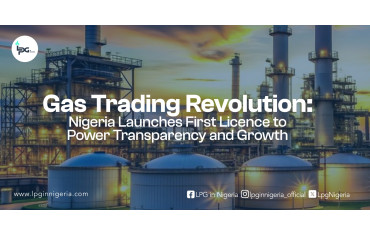

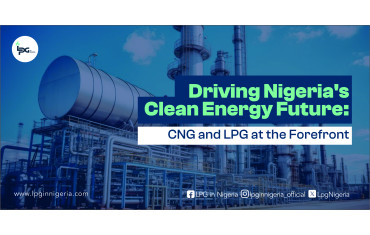
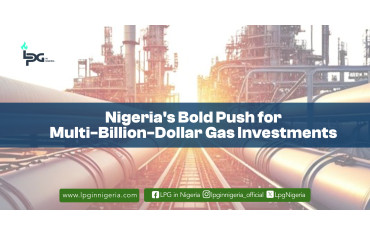
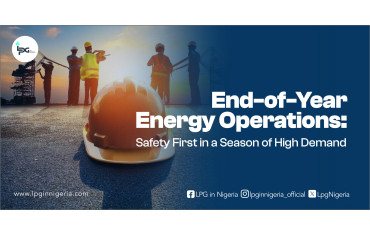
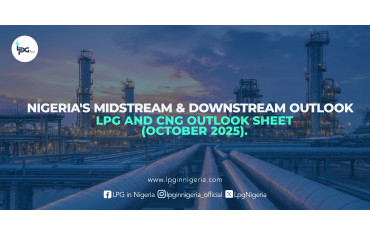
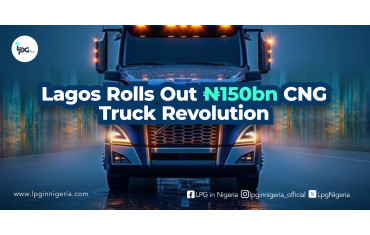

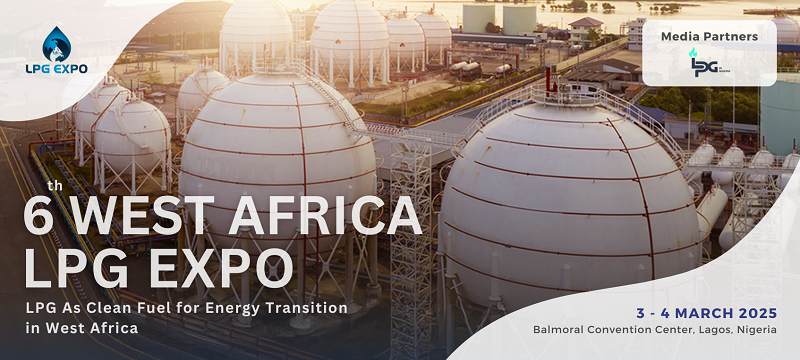

AYODEJI E
13 May 2025 - 12:14pmKindly avail me of how I can be part of this CNG project in Nigeria under this administration.My core interest is installation of gas pipelines in daughter stations across Nigeria.Thanks.
Reply